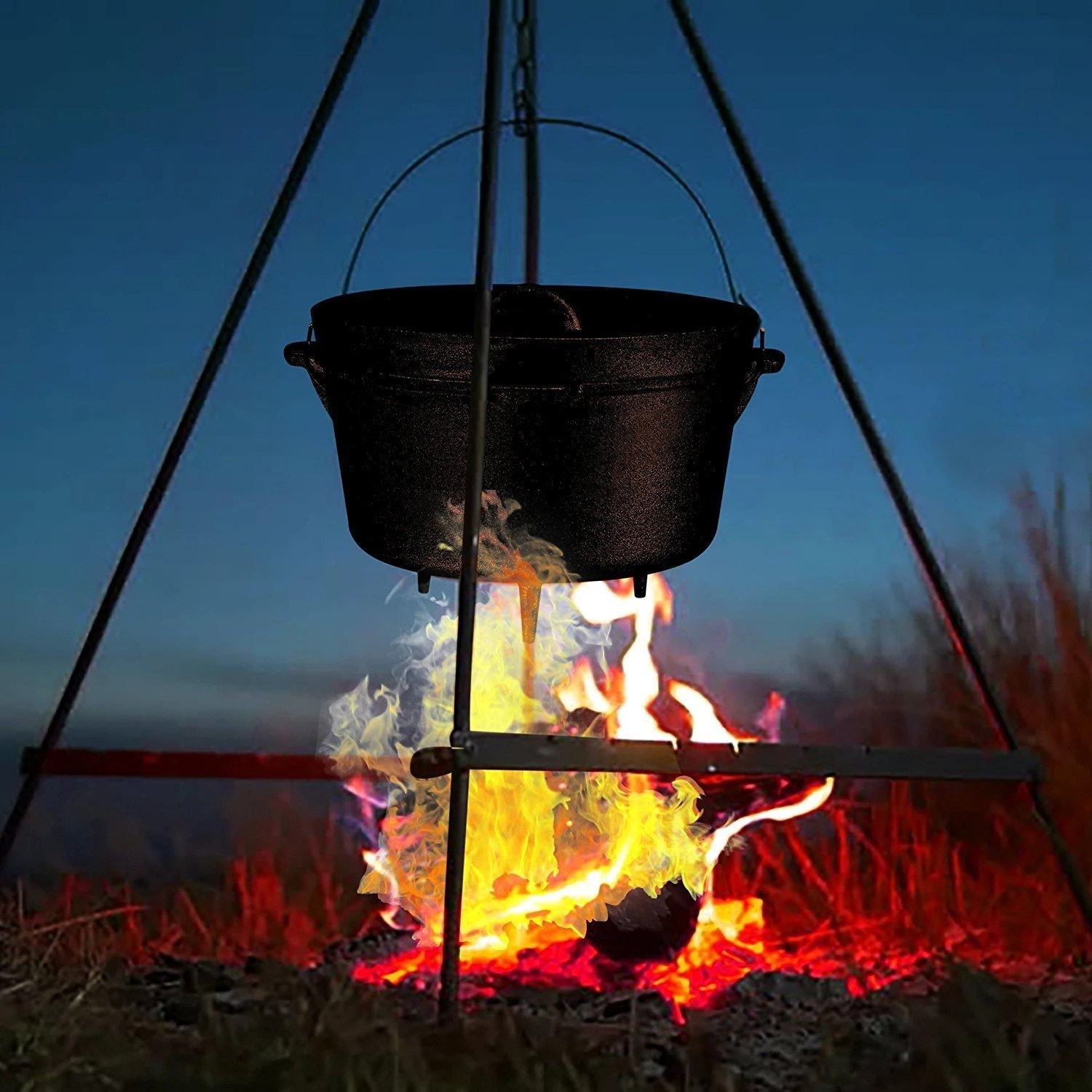
Should I apply seasoning to my cast iron skillet for best cooking results
Do I Need to Season My Cast Iron Skillet?
Cast iron skillets are a staple in many kitchens, valued for their ability to retain heat and their versatile cooking capabilities. If you own a cast iron skillet or are considering purchasing one, you may have come across the term seasoning. This process is crucial for maintaining your skillet’s performance and longevity, but what exactly does it entail, and is it necessary? Let’s delve into the ins and outs of seasoning a cast iron skillet.
What is Seasoning?
Seasoning is the process of applying a layer of fat to the surface of cast iron cookware and then heating it to create a non-stick coating. This protective layer not only enhances the skillet's cooking performance but also prevents rust and other forms of corrosion. Seasoning builds up over time, improving the skillet's surface and creating a natural non-stick effect.
Why is Seasoning Important?
1. Prevents Rust Cast iron is prone to rust if it is not properly cared for. Seasoning creates a barrier that protects the metal from moisture. 2. Enhances Non-Stick Properties A well-seasoned skillet increases its non-stick capabilities, making cooking and cleaning easier. Foods are less likely to stick, which is particularly important when cooking eggs or delicate meats.
3. Improves Flavor Over time, the seasoning can soak up flavors from the cooking oils and foods, contributing to a rich, complex flavor profile in your dishes. Many chefs believe that cast iron cookware improves with age and use.
4. Increases Longevity Regularly seasoning your skillet can prolong its life, allowing you to enjoy the benefits of your cast iron for generations.
How to Season a Cast Iron Skillet
If your skillet is new or has not been seasoned, you’ll want to follow these steps to ensure it’s ready for use
1. Clean the Skillet If the skillet is new, wash it with warm, soapy water and a sponge to remove any factory coatings. Rinse and dry thoroughly. For a used skillet, scrub it with a non-metal brush or sponge under hot water to remove any residue.
do i need to season my cast iron skillet

2. Apply Cooking Oil Once the skillet is clean and dry, select an oil with a high smoke point (flaxseed, grapeseed, or vegetable oil are common choices). Using a paper towel, apply a thin layer of oil to the entire surface, including the handle.
3. Heat the Skillet Preheat your oven to 450°F (230°C). Place the skillet upside down on a rack in the oven, using a baking sheet to catch any drips. Bake for about an hour, allowing the oil to bond with the cast iron.
4. Cool and Repeat Turn off the oven and let the skillet cool inside. For the best results, consider repeating this process 2-3 times to build a thick layer of seasoning.
Maintaining Your Seasoned Skillet
After your skillet is seasoned, you'll want to maintain it properly
- Clean Gently Avoid soap when cleaning; instead, use hot water and a stiff brush. For tough residue, salt can be used as an abrasive.
- Dry Immediately Water left on the surface can cause rust, so dry the skillet thoroughly right after washing.
- Reapply Oil After each use, apply a light coating of oil while the skillet is still warm to maintain the seasoning.
Conclusion
In conclusion, seasoning your cast iron skillet is not just an option; it’s essential for achieving the best cooking experience and ensuring the longevity of your cookware. A well-seasoned skillet can become a cherished kitchen companion, delivering delicious meals for years to come. With proper care and regular seasoning, your cast iron skillet will become more than just a cooking tool; it will be an integral part of your culinary journey.
-
Premium Cast Iron Large Griddle | Durable & Even HeatingNewsAug.03,2025
-
Large Cast Iron Griddle Pan-Baixiang County Zhongda Machinery|Non-Stick&Heat RetentionNewsAug.03,2025
-
Cast Iron Cookware Pan- Baixiang County Zhongda Machinery|Non-stick, DurableNewsAug.03,2025
-
Black Cast Iron Pan- ZD Cookware|Non-Stick, Heat ResistantNewsAug.03,2025
-
Cast Iron Cookware Pancake Pan- ZD Cookware|Non-Stick, Even Heat, DurableNewsAug.02,2025
-
Cast Iron Cookware- Baixiang County Zhongda Machinery|Non-Stick, Heat RetentionNewsAug.02,2025


